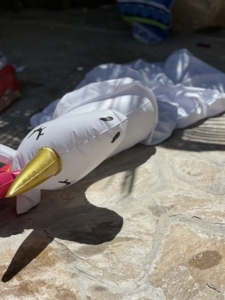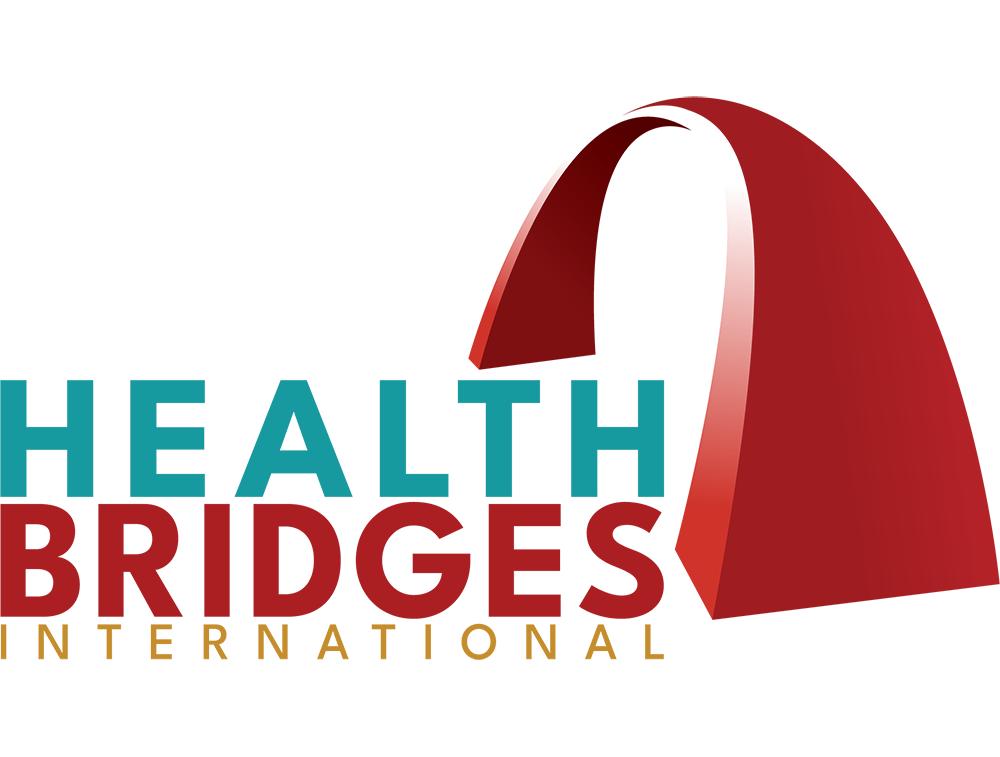Transitions – wayne centrone
 We just got back from vacation. Our trip to Cabo San Lucas was a reverse “staycation.” We did not go anywhere – no restaurants, no trips to the beach, no excursions, just pool time, daily walks, and lots of family time. We spent our entire week in México at a rental house. It was awesome.
We just got back from vacation. Our trip to Cabo San Lucas was a reverse “staycation.” We did not go anywhere – no restaurants, no trips to the beach, no excursions, just pool time, daily walks, and lots of family time. We spent our entire week in México at a rental house. It was awesome.
One of my jobs on the trip was to keep the pool floats blown up. Every time I had one float finished, it seemed like another would require more air. This went on all week.
In all my inflating of rubber floats, I recognized a pattern. The initial phase of inflation is challenging. There is a lot of resistance and pushing air into the float requires loads of energy. However, there comes the point where things ease up when the air flows with less struggle, and the impact of all my huffing and puffing becomes more visible. Then, I would reach a final phase – let’s call it the last 10% – and the process would get arduous again. I mean, really demanding. Almost to the point, I wanted to give up. However, the last 10% of the effort made the pool float work. The final bit of air made a raft my wife could float on versus sink.
I noticed something in this endeavor. Aside from the satisfaction of accomplishing something tangible, there was a pattern metaphoric for our work with HBI.
The initial stages of our efforts are challenging. There is a degree of uncertainty as to whether or not we can accomplish our goals. Then, as we settle into the project’s work or the program’s tasks, things lighten up – they get easier. Finally, there is a push – a sort of last effort – and this is often the most challenging.
For over 25 years, we have worked in Perú’s child welfare sector through critical partnerships with academic institutions, subject matter experts, hospitals, youth ambassadors, and government agencies in the country. Over many years, our focus shifted from delivering services to training and assisting many organizations working on child abandonment, homelessness, and child welfare services. This shift required a different input of energy.
This phase in our organizational development is a bit scary and exciting. We are at a new stage, and it requires a renewed effort. As we venture forward, we are focused on helping to construct the systems and structures of care that can genuinely change child welfare. Shifting our focus to systems development – Centers of Excellence – does not mean we are less attentive to the needs of the women and children we serve. No, we are even more concerned about their needs and now find ourselves wrestling with the structures that will be sustainable.
Each phase of our organizational development included many lessons and learnings. The most critical is the need to continuously involve community stakeholders and representatives in all our work. Having strong community-based partners helps shape projects and programs that meet local needs and ensures a sustainability plan. This is the last 10% of our efforts – and it is challenging. It is the phase of our work that requires constant attention and effective communication. It is the last push of energy that makes everything worth it.
Check out our 2021 Year in Review – we are super excited to share all the amazing work you helped us do! Thank you for all your continued support.

